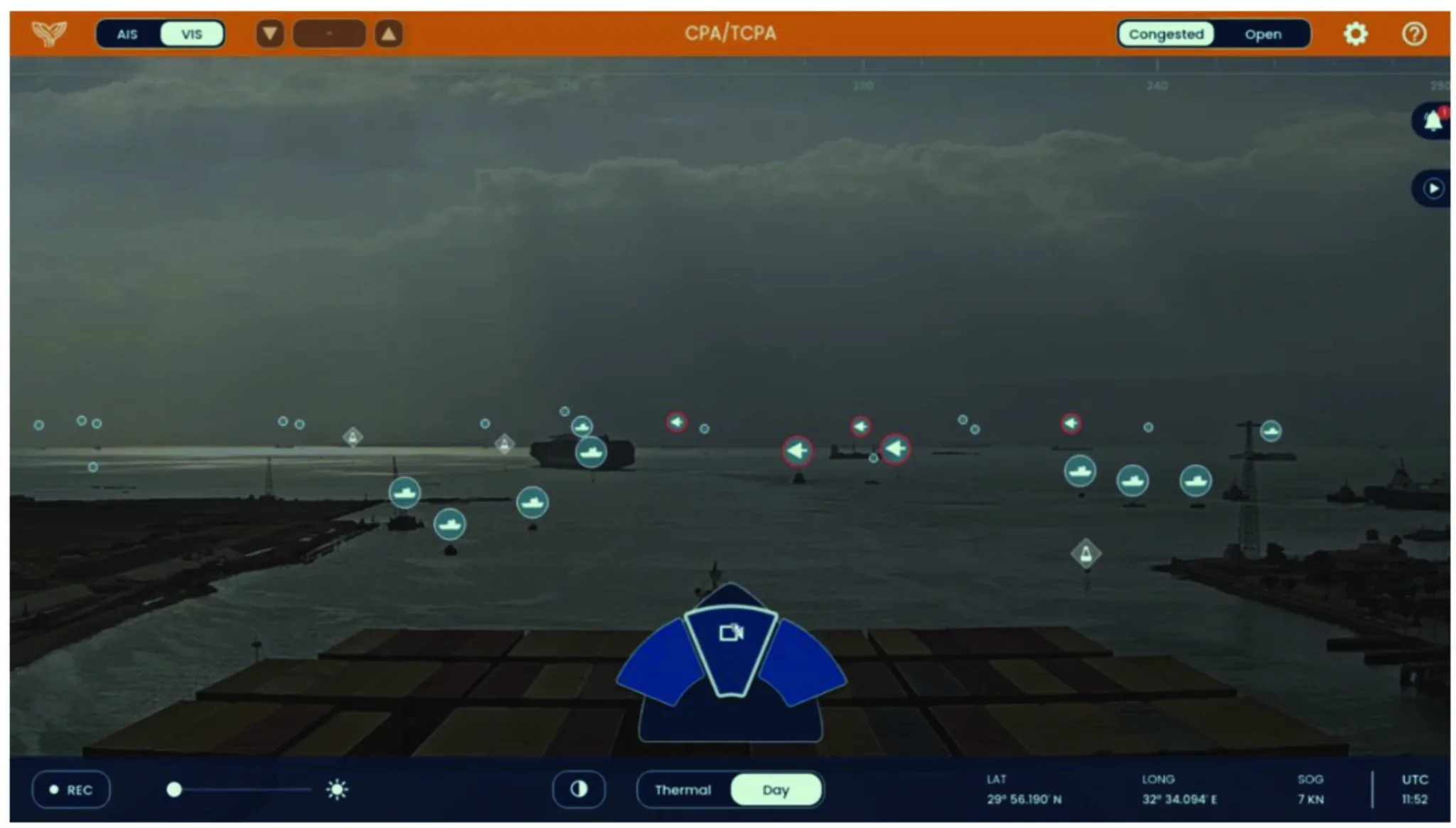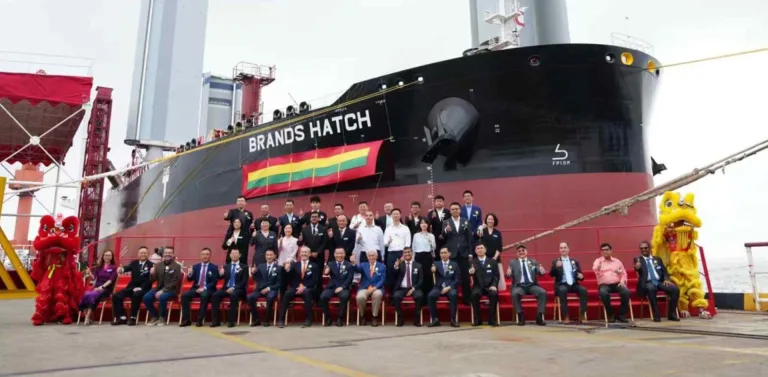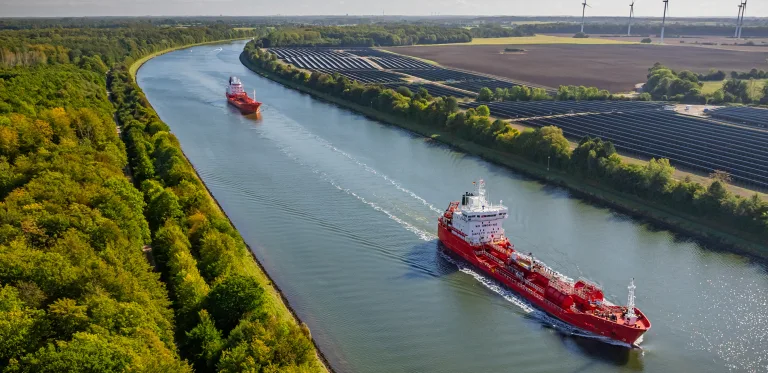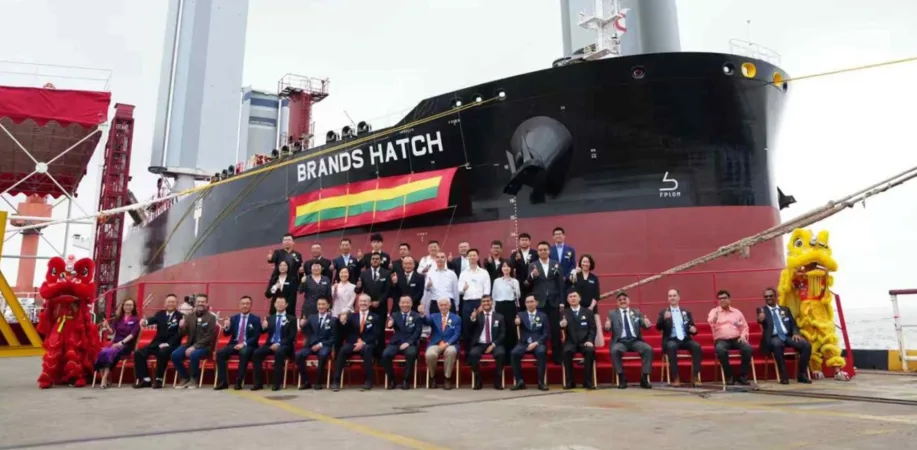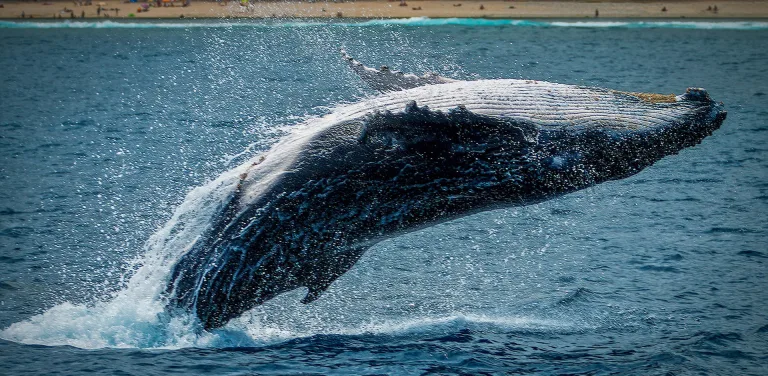As has been said, “innovation is the unrelenting drive to break the status quo and develop anew where few have dared to go”. In that vein, here are some of the latest innovations in use across our managed fleet as part of our push to trial new technologies, foster innovative thinking, and drive continuous improvement.
AI-ASSISTED NAVIGATION
AI-assisted navigation systems can help ships navigate safely and avoid collisions by using computer vision and machine learning algorithms.
Orca AI is one such system. It uses cameras and sensors to gather data about the vessel’s surroundings, including other vessels, weather conditions, and potential obstacles. The system then analyses this data in real-time and provides the crew with alerts and recommendations to help them make better decisions.
For example, if the AI system detects a potential collision with another ship, it can alert the crew and provide recommendations on how to avoid the collision. The system can also provide guidance on the best route, taking into account factors such as weather conditions and traffic density.
The AI system is designed to work alongside the ship’s existing navigation systems, providing additional situational awareness and decision-making support. The system is also designed to be user-friendly, with a simple and intuitive interface that can be customised to meet crew needs.
ULTRASONIC ANTIFOULING
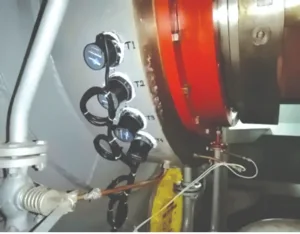
Ultrasonic antifouling systems, such as the one developed by Sonihull, prevent hull fouling through the emission of high-frequency sound waves to prevent marine organisms from attaching to the hull surface.
These antifouling systems work by creating a thin layer of constantly moving and vibrating bubbles on the hull surface that prevent the attachment of fouling organisms. The dynamic bubble barrier is created by emitting high-frequency sound waves into the water, which in turn creates a disturbance that generates the bubbles.
Ultrasonic antifouling systems have several advantages over traditional antifouling methods like paints and coatings. They do not use toxic chemicals that can harm marine life, so are environmentally friendly. They are also more effective, since they proactively prevent fouling from occurring in the first place.
There are some limitations to ultrasonic antifouling systems, however – namely they may not be effective against all types of fouling organisms, and they may not work on hulls that already have significant buildup.
IN-TRANSIT HULL CLEANING

In-transit hull cleaning by remote device is another option. Shipshave, for example, offers a semi-autonomous, remotely-operated hull cleaning device that attaches to the ship’s hull. Cleaning is performed underwater, even when the ship is in transit, by a combination of high-pressure water jets to remove soft fouling (e.g., algae, slime) and a rotating brush to remove harder fouling (e.g., barnacles, mussels).
Not only is this method environmentally friendly and sustainable, since chemicals and abrasives are avoided, it can also be deployed on ships of all sizes, including large container ships and tankers. Furthermore, remote cleaning devices are more time- and cost-efficient than traditional methods, and eliminate the need to perform hull cleaning in dry-dock.
RFID-BASED TOUR PATROL
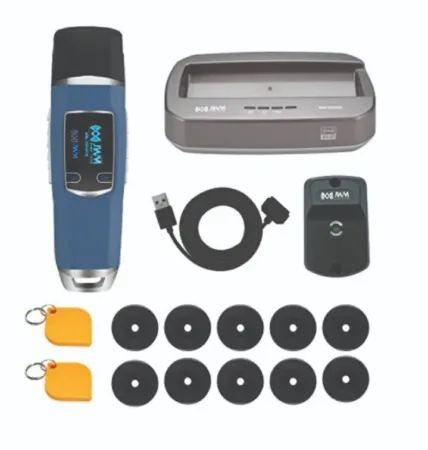
RFID-based tour patrol systems are being used by crews during their onboard security patrols/stowaway searches. RFID tags are placed at various checkpoints around the vessel (e.g., the steering flat, forepeak store, paint store, and other critical/restricted areas), while crew are equipped with RFID readers, which they use to scan the tags as they conduct their patrols. The system can show which checkpoints have been covered and which ones remain outstanding, thus ensuring patrols are complete.
